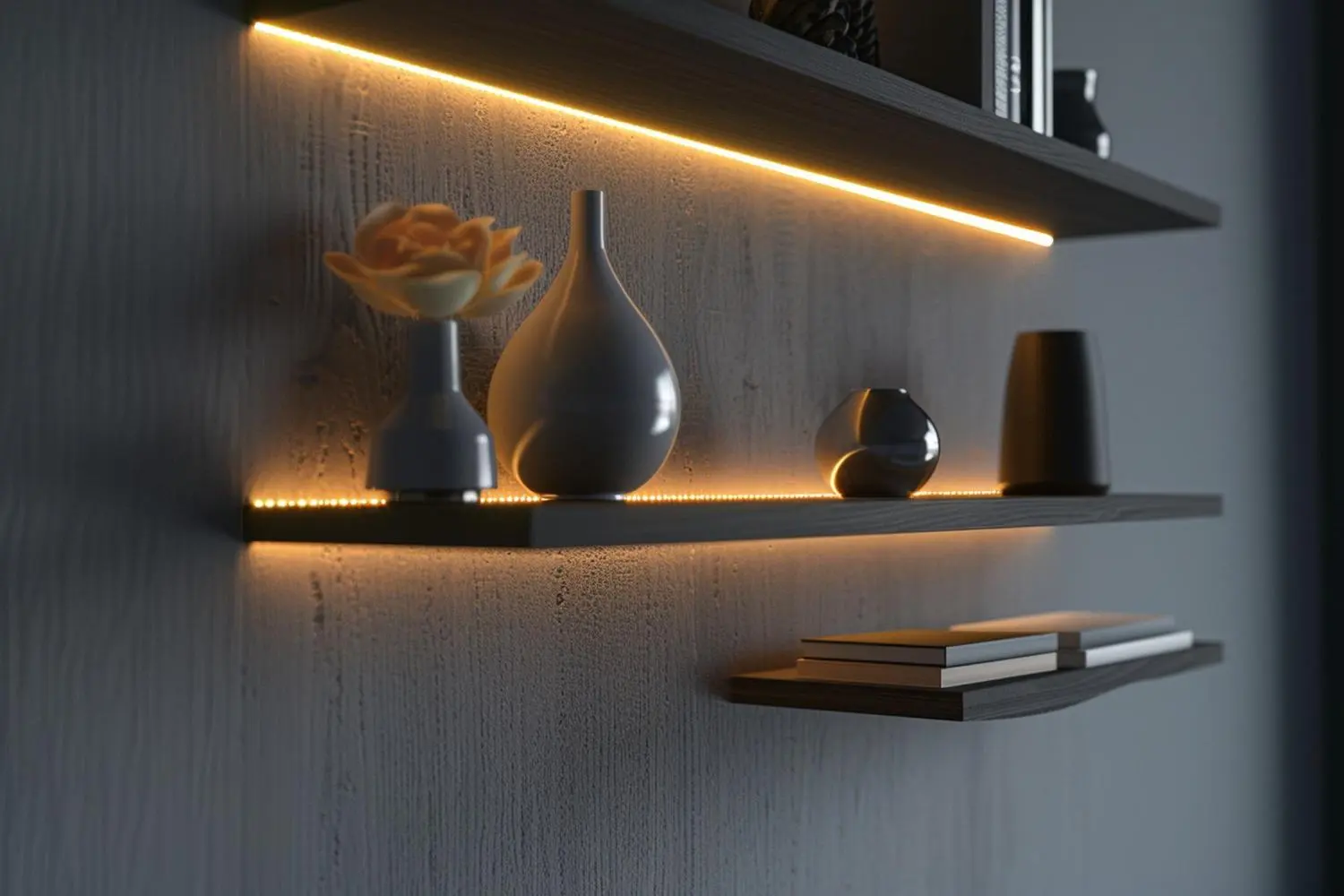
The Ultimate Guide to Built-In Shelf Lighting
Explore guide to built-in shelf lighting. Learn about LED strips, puck lights, recessed lights, tape lights, and their installation tips for perfect ambiance.
Flood lights play a pivotal role in brightening expansive spaces. Their main purpose? To ensure vast areas remain functional and visible long after the sun sets. From lighting up sports stadiums and emphasizing architectural wonders, to bolstering security in public areas, their impact is evident.
Over time, technological advancements have only broadened their application and efficiency. These powerful lights have swiftly become an integral part of our modern infrastructure. In this article, we’ll explore the innovations and evolutions of flood lights, and how they’ve reshaped our interaction with spaces during nighttime.
Flood lights have undergone significant transformations over the years. Their evolution is a testament to technology’s influence on our daily lives.
In the early days, halogen bulbs were the go-to choice for flood lighting. They emitted a bright, white light suitable for vast areas. However, they came with drawbacks. Halogens consume a lot of energy, have shorter lifespans, and emit a significant amount of heat.
Enter LED flood lights. LEDs changed the game. They consume less power, last much longer, and remain cool during operation. Plus, they offer clearer and brighter illumination, proving superior in almost every aspect when compared to their halogen predecessors.
Flood light technology hasn’t just stopped at LEDs. Over the years, advancements have made these lights smarter, more energy-efficient, and adaptable. Features like motion sensors, solar-powered options, and adaptive brightness levels have been introduced. The integration with IoT and smart controls also allows for remote management and automation, providing enhanced convenience and security. These milestones have not only made flood lights more versatile but also environmentally friendly and user-centric.
Modern flood lights offer a blend of innovative features, ensuring optimal performance while meeting diverse needs.
One of the most notable features of contemporary flood lights is their superior brightness. Thanks to LED technology, these lights can produce a high-lumen output while consuming less energy. This means areas are illuminated more effectively, with fewer watts consumed. Moreover, modern flood lights have been refined to minimize energy wastage, resulting in significant cost savings over time and a reduced carbon footprint.
The world is moving towards smart solutions, and flood lights are no exception. Today’s flood lights can easily integrate with IoT platforms and smart home systems. This allows users to control light intensity, set schedules, or even activate them remotely via smartphones or voice commands. Additionally, some flood lights come with built-in motion sensors, enhancing security by instantly lighting up when movement is detected. This smart connectivity not only offers convenience but also adds a layer of safety and adaptability to lighting solutions.
Flood lights, known for their powerful illumination, have a plethora of applications that transcend mere lighting. They play pivotal roles in various sectors, catering to aesthetic, functional, and safety needs.
In the realm of sports, flood lights are indispensable. They ensure stadiums are lit adequately, allowing players to perform and spectators to view matches without strain. Proper lighting eliminates shadows, ensuring clear visibility, and contributes to an electrifying atmosphere, especially during nighttime events.
Modern cities are filled with architectural marvels, and flood lights help accentuate their beauty. Whether it’s illuminating a historical monument or casting a skyscraper in a majestic glow, flood lights enhance structures, making them stand out, especially after sunset. This not only draws attention but also adds to the city’s nighttime aesthetic.
Flood lights are crucial for safety. Their bright illumination deters unauthorized activities, making areas like parking lots, alleys, and public squares safer at night. Additionally, they complement surveillance systems. When paired with CCTV cameras, well-lit areas ensure clearer footage, aiding in monitoring and incident response.
The role of flood lights in modern spaces is undeniable. However, as we continue to prioritize sustainability, the environmental impact of these powerful luminaires comes into focus.
Modern flood lights, particularly LED variants, are champions of energy efficiency. Consuming significantly less power compared to their traditional counterparts, they deliver brilliant illumination without the hefty electricity bills. This reduction in energy consumption not only translates to cost savings but also significantly diminishes the carbon footprint, making them a preferred choice in the eco-conscious era.
While flood lights brilliantly illuminate large areas, there’s a flip side: light pollution. Excessive or misdirected lights can brighten the night sky, obscuring stars and disrupting ecosystems. However, innovations are on the rise to combat this. New designs focus on precision, ensuring light is directed where needed without unnecessary spillage. Additionally, features like dimmability, motion sensors, and timed controls further reduce unnecessary illumination, preserving the beauty of our night skies and minimizing ecological disturbances.
The market is awash with LED strips, but not all are created equal. Stick to reputable brands for quality assurance. A bit of homework goes a long way in ensuring you get the glow you’re after.
Fitting LED strips in tricky spots might seem daunting. For elaborate designs, consider calling in the pros. For DIY enthusiasts, plenty of guides are available to light your way.
Desired Lighting Effects
Achieving that perfect ambiance can be elusive. Opt for LED strips with consistent color temperatures and use diffusers to evenly spread the light, banishing any shadows or harshness.
Adding LED strips shouldn’t blow a fuse. An electrician can ensure your setup is safe and sound, keeping the lights on without any surprises.
Meshing new LED strips with existing systems? Compatibility is key. Look for strips designed for easy integration to make them a seamless part of your space.
Dust, moisture, and the elements can dim your lighting dreams. Choose LED strips rated for your space’s conditions, ensuring they shine bright come rain or shine.
Keeping LED strips in tip-top shape is straightforward. Regular dust-offs and occasional check-ups for wear and tear will keep them lighting up your space beautifully.
The world of flood lights, like many sectors, is constantly evolving, blending technology with user needs to create superior lighting solutions.
The future promises flood lights that aren’t just static fixtures. With adaptive lighting technology, these luminaires can automatically adjust their brightness based on the natural light available. For instance, on a full-moon night, the flood lights might dim slightly, conserving energy while still providing adequate illumination. On darker nights, they’ll ramp up their intensity, ensuring consistent lighting conditions.
As the global push towards sustainability strengthens, the integration of flood lights with renewable energy sources is becoming more prevalent. Solar-powered flood lights are emerging as a game-changer. Harnessing the power of the sun during the day, they store energy in batteries and use it to provide powerful illumination during the night. This not only reduces electricity consumption but also ensures lighting solutions that are eco-friendly and often more resilient in power outage situations.
Flood lights have come a long way from their humble beginnings, proving to be pivotal in transforming our nighttime surroundings. Their adaptability, efficiency, and evolving technology have placed them at the forefront of modern lighting solutions. As we look forward, the union of technology and sustainability promises even brighter, smarter, and more eco-friendly flood lights. It’s an exciting era for these luminaires, and there’s no doubt that their impact on shaping our nocturnal landscapes will only continue to grow.

Explore guide to built-in shelf lighting. Learn about LED strips, puck lights, recessed lights, tape lights, and their installation tips for perfect ambiance.
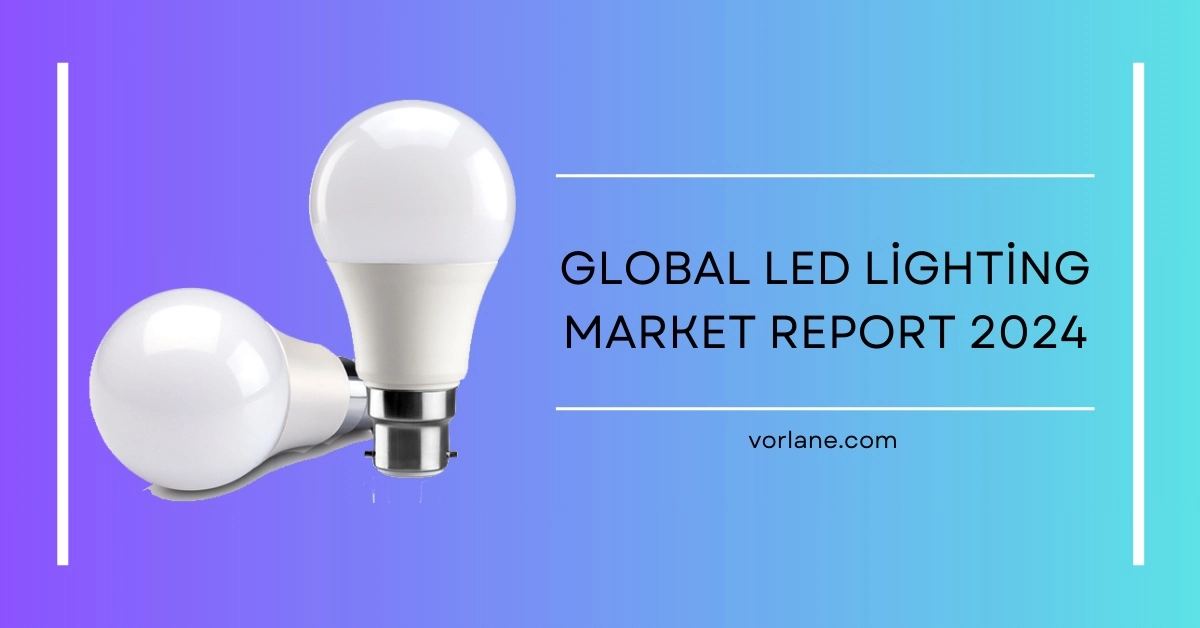
Explore the Global LED Lighting Market Report 2024 for insights on trends, growth drivers, and key players in the industry, including product segment and geographic
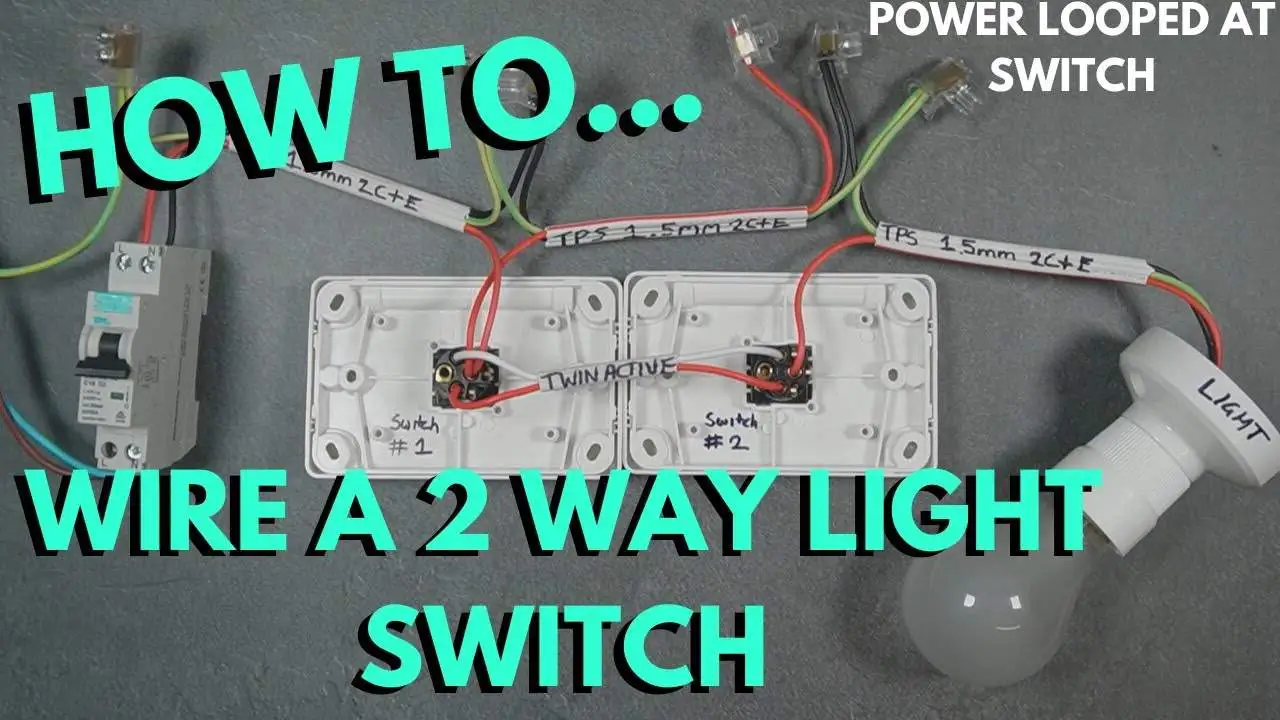
Learn how to wire a 2-way light switch effectively. This guide covers essential tools, step-by-step instructions, and safety measures for an installation.
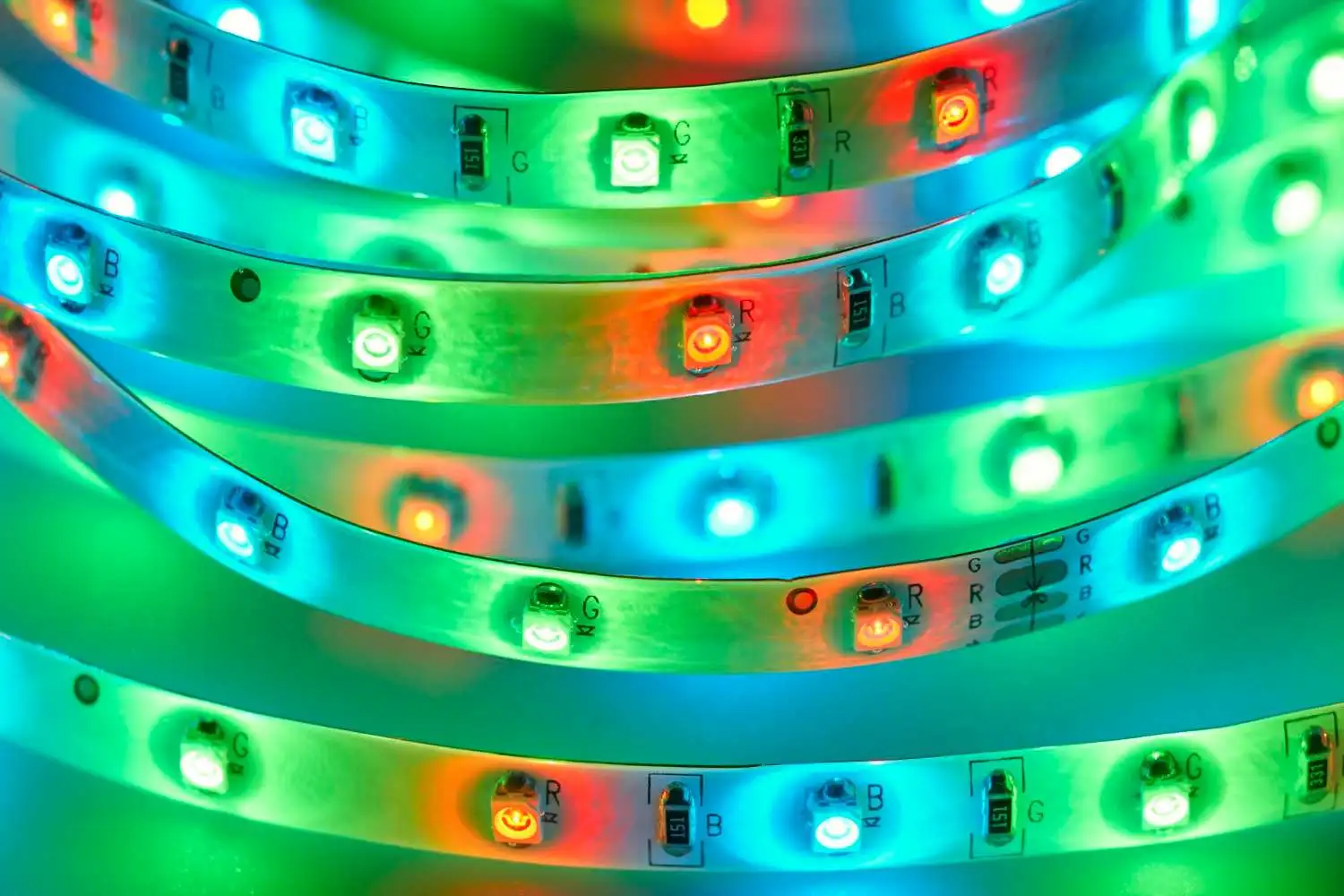
Choosing the right power supply for LED strip lights ensures performance and safety. Consider voltage, current, wattage, efficiency, and certifications.
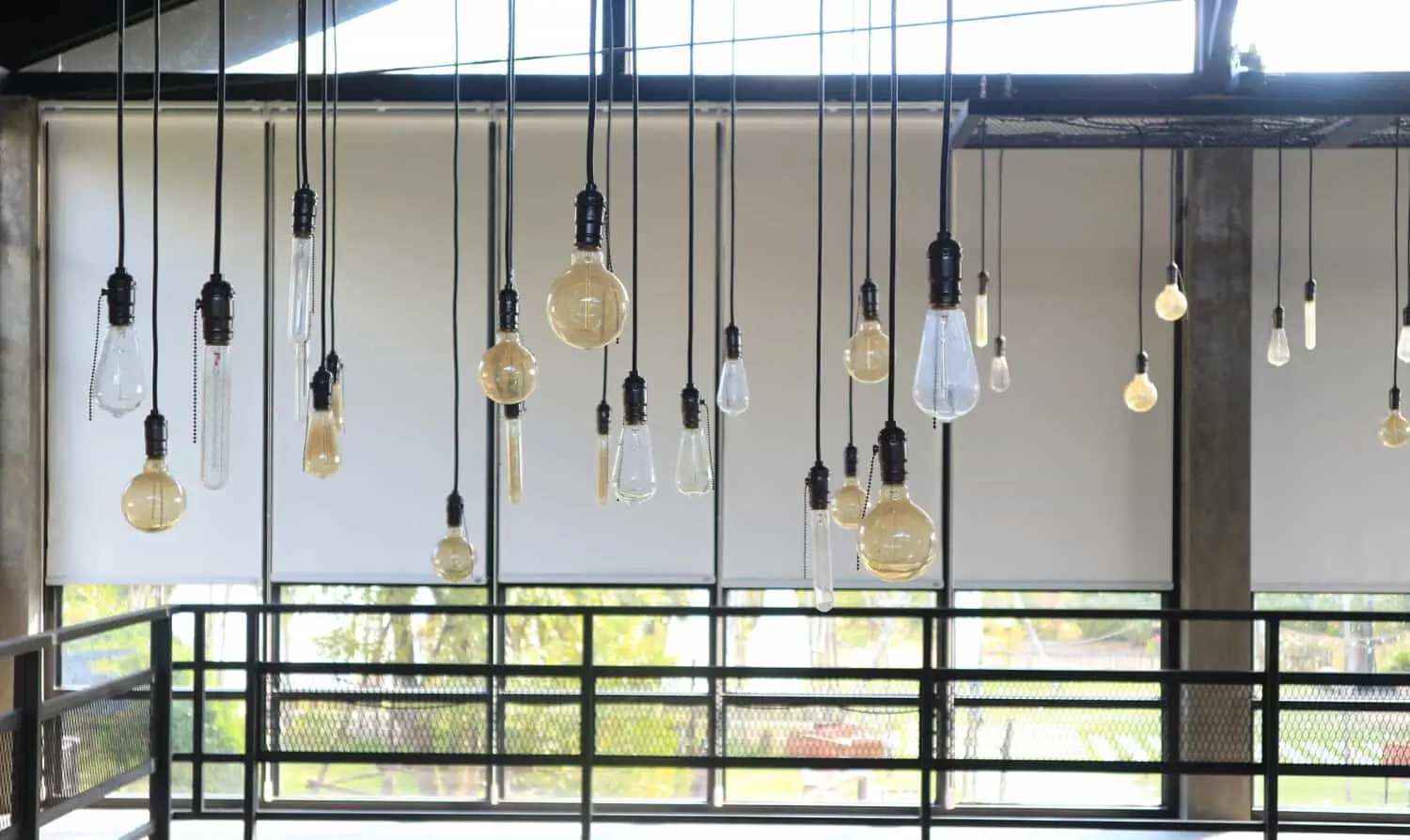
Discover the benefits of pendant lighting for your home. Learn about various styles, and their uses in enhancing aesthetics and functionality.
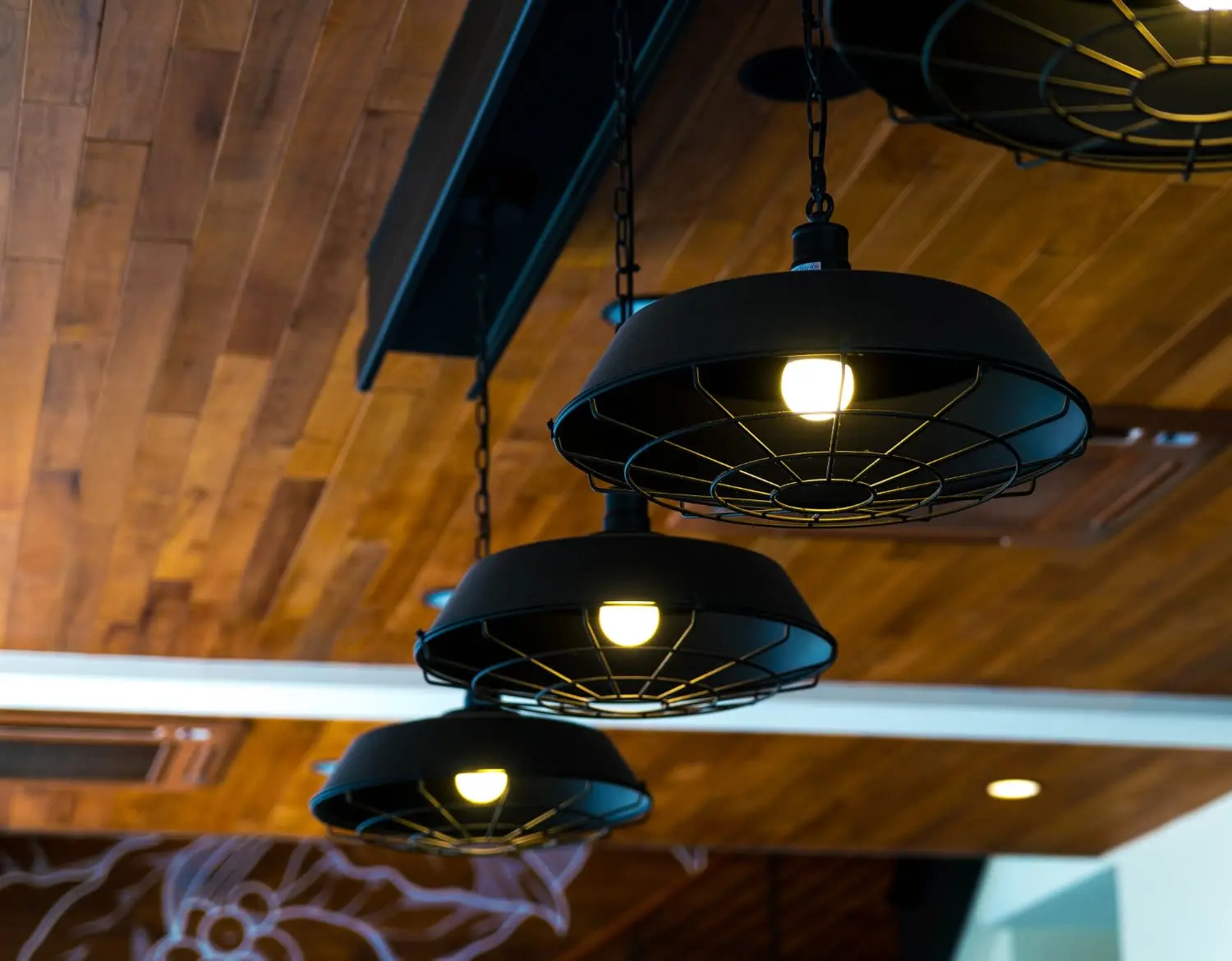
Discover top ceiling lights for your home, including pendant lights, chandeliers, flush-mounts, recessed, track lighting, cove lighting, and spotlights.



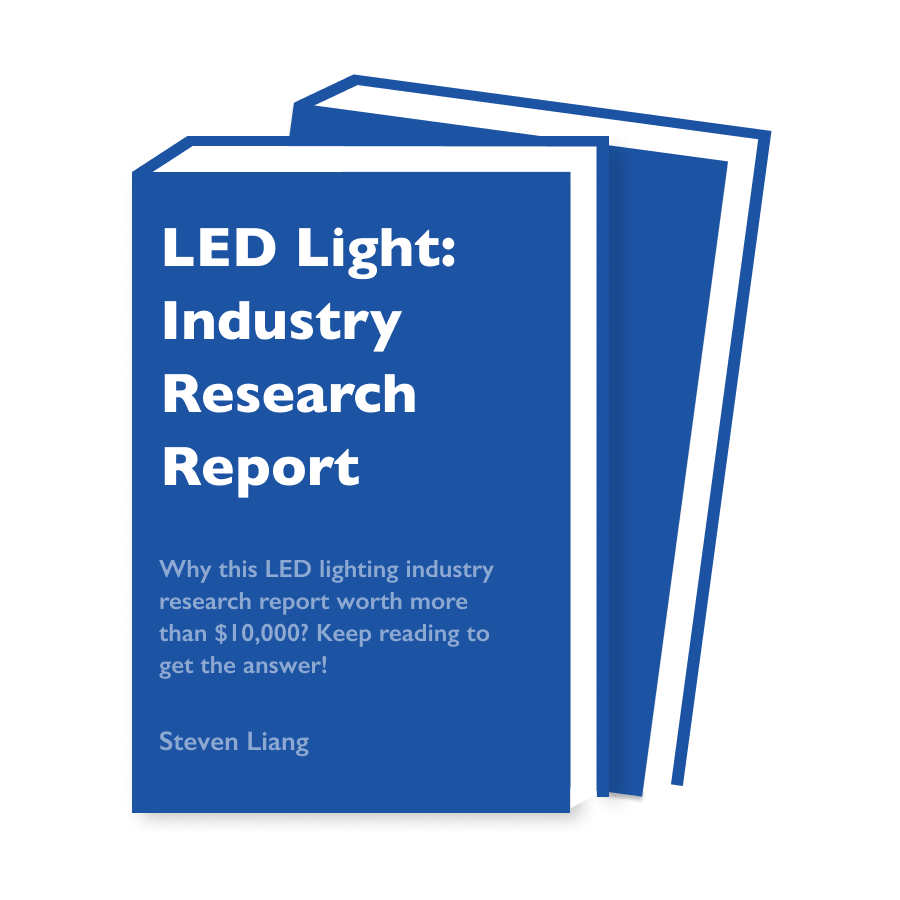 | This LED Industry Research Report Is Worth 10,000 Dollars!Want to get reliable industry data to support your LED business planning? In this report, you will:
*Submit your email to download this file. Your personal info will not be shared to any 3rd-party person or organizations. |
WhatsApp us
*We respect your confidentiality and all information are protected.